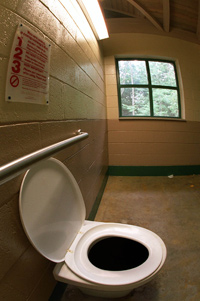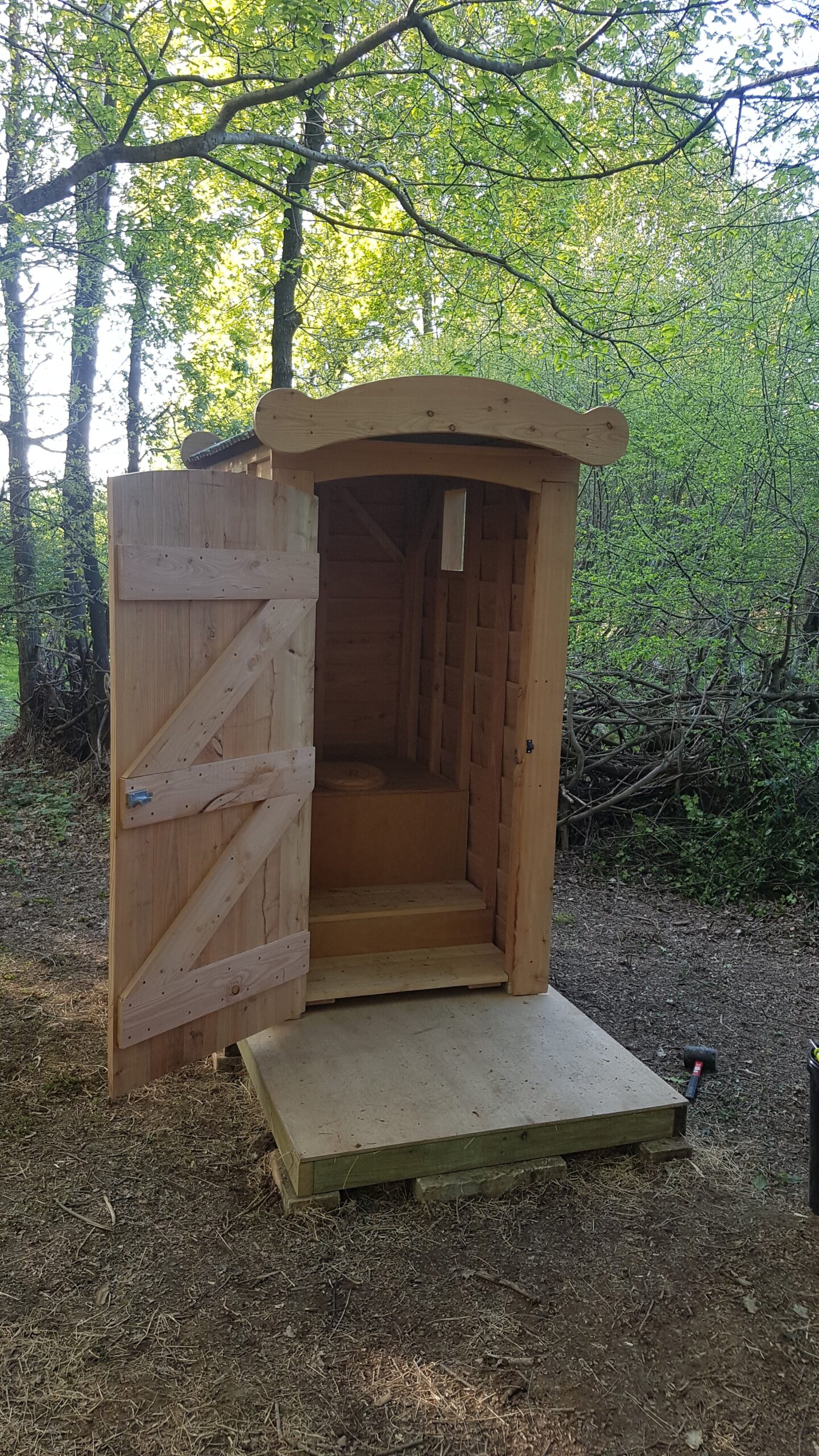Composting Toilets: Are They Worth It?

Composting toilets have gained popularity as an eco-friendly alternative to traditional flush toilets. But are they really worth the investment? This article explores the benefits, drawbacks, and practical considerations of composting toilets to help you decide if they are the right choice for your home or off-grid lifestyle.
What is a Composting Toilet?
A composting toilet is a sanitation system that treats human waste through biological decomposition and evaporation, turning it into compost that can be safely used as fertilizer. Unlike conventional toilets, composting toilets do not require water for flushing, making them ideal for water conservation.
How Do Composting Toilets Work?
Composting toilets use aerobic bacteria and microorganisms to break down waste. They typically separate liquid and solid waste to optimize the composting process and reduce odors. Ventilation systems and carbon additives like sawdust help maintain the right balance of moisture and oxygen.
Benefits of Composting Toilets
| Benefit | Description |
|---|---|
| Water Conservation | Saves thousands of gallons of water annually by eliminating the need for flushing. |
| Environmental Impact | Reduces pollution and sewage runoff, promoting sustainable waste management. |
| Cost Savings | Lowers water bills and reduces the need for expensive septic system maintenance. |
| Off-Grid Living | Ideal for cabins, tiny homes, and remote locations without access to sewer systems. |
| Nutrient Recycling | Produces nutrient-rich compost that can enhance soil health and support gardening efforts. |
Drawbacks and Challenges
- Initial Cost: Higher upfront investment compared to standard toilets.
- Maintenance: Requires regular monitoring, turning, and emptying of compost.
- Space Requirements: Needs adequate space for composting chambers.
- Learning Curve: Users must understand proper usage to avoid odors and hygiene issues.
Installation and Maintenance Tips
- Choose a model suited to your household size and climate.
- Use carbon-rich materials like sawdust or peat moss to aid composting.
- Ensure proper ventilation to minimize odors.
- Regularly monitor moisture levels and compost progress.
Frequently Asked Questions (FAQ)
Q1: Are composting toilets legal?
A: Regulations vary by location. Many areas allow them with permits; always check local codes.
Q2: Can compost from these toilets be used in vegetable gardens?
A: It’s generally recommended to use the compost on non-edible plants or ornamental gardens to ensure safety.
Q3: How often do composting toilets need to be emptied?
A: Depending on usage and model, compost may need to be emptied every few months to a year.
Q4: Do composting toilets smell?
A: Proper ventilation and maintenance minimize odors effectively.
Conclusion
Composting toilets offer a sustainable, water-saving alternative to traditional sanitation systems. While they require some effort and initial investment, their environmental benefits and suitability for off-grid living make them a worthwhile consideration for many homeowners. Assess your needs, local regulations, and willingness to maintain the system before making a decision.
